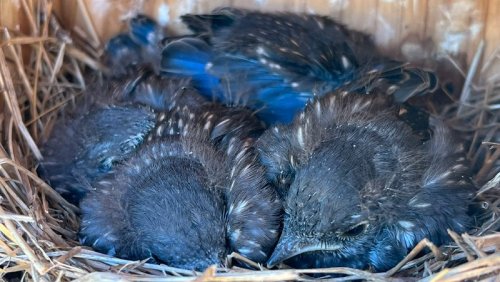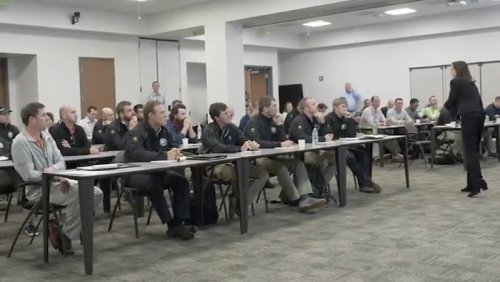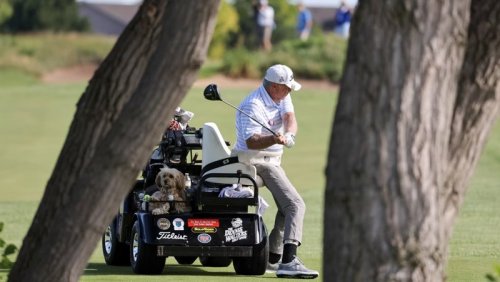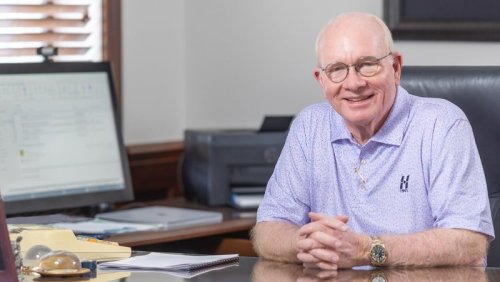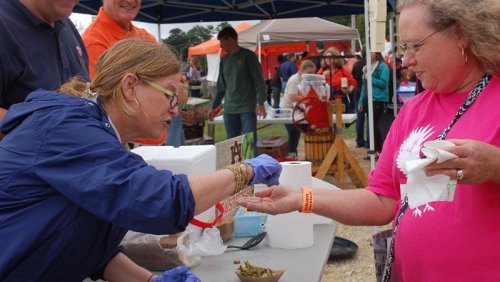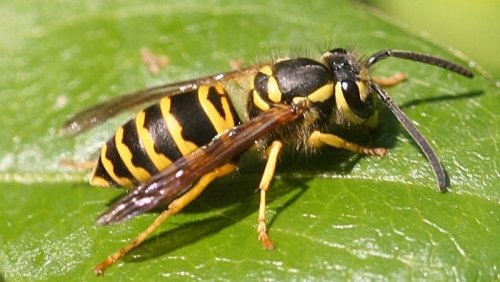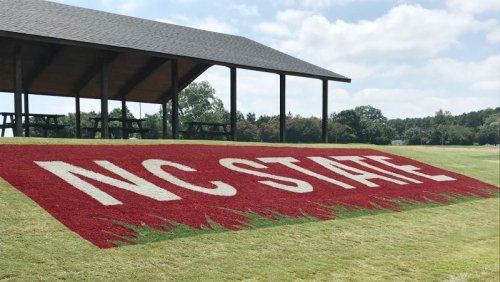
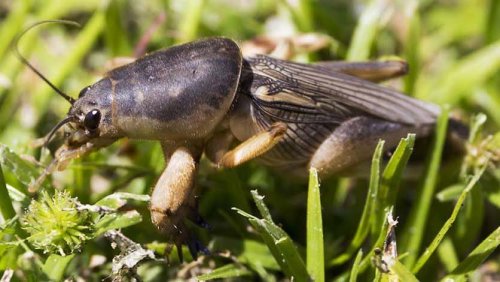
The U.S. Environmental Protection Agency is proposing a ban on acephate, which has been registered since 1973 for use on golf course turf for control of many common turfgrass pests, including mole crickets, fire ants, cutworms and armyworms.
Acephate also is a common pesticide used on several varieties of agricultural crops as well as non-agricultural use, including forestry and mound treatment of mounds in residential landscapes. The proposed ban, which has one exception, is the result over the concerns of acephate affecting drinking water supplies.
The EPA has proposed a ban on acephate, which is registered for control of several insect pests, including mole crickets. University of Florida photo "This decision is based on EPA's updated human health draft risk assessment (HH DRA) and drinking water assessment (DWA) that were released last year, which showed significant dietary risks from drinking water for currently registered uses of acephate," the EPA wrote in its decision. "EPA also identified worker, homeowner, and ecological risks that would be mitigated by the proposed cancellations."
Acephate inhibits the target's acetylcholinesterase enzyme. This process also occurs in mammals, including people, depending on level of exposure, according to the EPA. Neurological effects can include tremors, fatigue and nausea.
The proposed exception is for tree injections, because those treatments cannot affect groundwater, according to the EPA.
The proposed ban has been a hot button issue for those on both sides. As of Aug. 1, a total of 133 comments were filed during the public comment period. Although most have come out in favor of the ban, several have come out in support of acephate use, because it is effective and economical. Those speaking out in support of acephate use include the departments of agriculture of Florida, Kentucky, North Carolina and Tennessee; several seed and crop trade organizations; the University of Arizona Pest Management Center; and the North Carolina State University Cooperative Extension Service.
- Read more...
- 1,765 views

